The daikon radish, often referred to as the Japanese radish or winter radish, is a type of white radish that has a unique flavor and a crisp texture that sets it apart from its crimson counterpart. This versatile root vegetable, a common ingredient in Asian cuisine, comes with a slew of health benefits and can be a delightful addition to numerous dishes. Keep reading to learn the best substitutes for daikon.
Jump to:
What Is a Daikon Radish
The daikon radish resembles a large white carrot with a mildly sweet flavor, contrasting the peppery taste one might expect from its vibrant relatives. Its name stems from the Japanese terms "dai," which means large, and "kon," referring to a root. Thus, it’s unsurprising that this white root vegetable has made a significant mark in Japanese, Chinese, Korean cuisine, and Philippine cuisine.
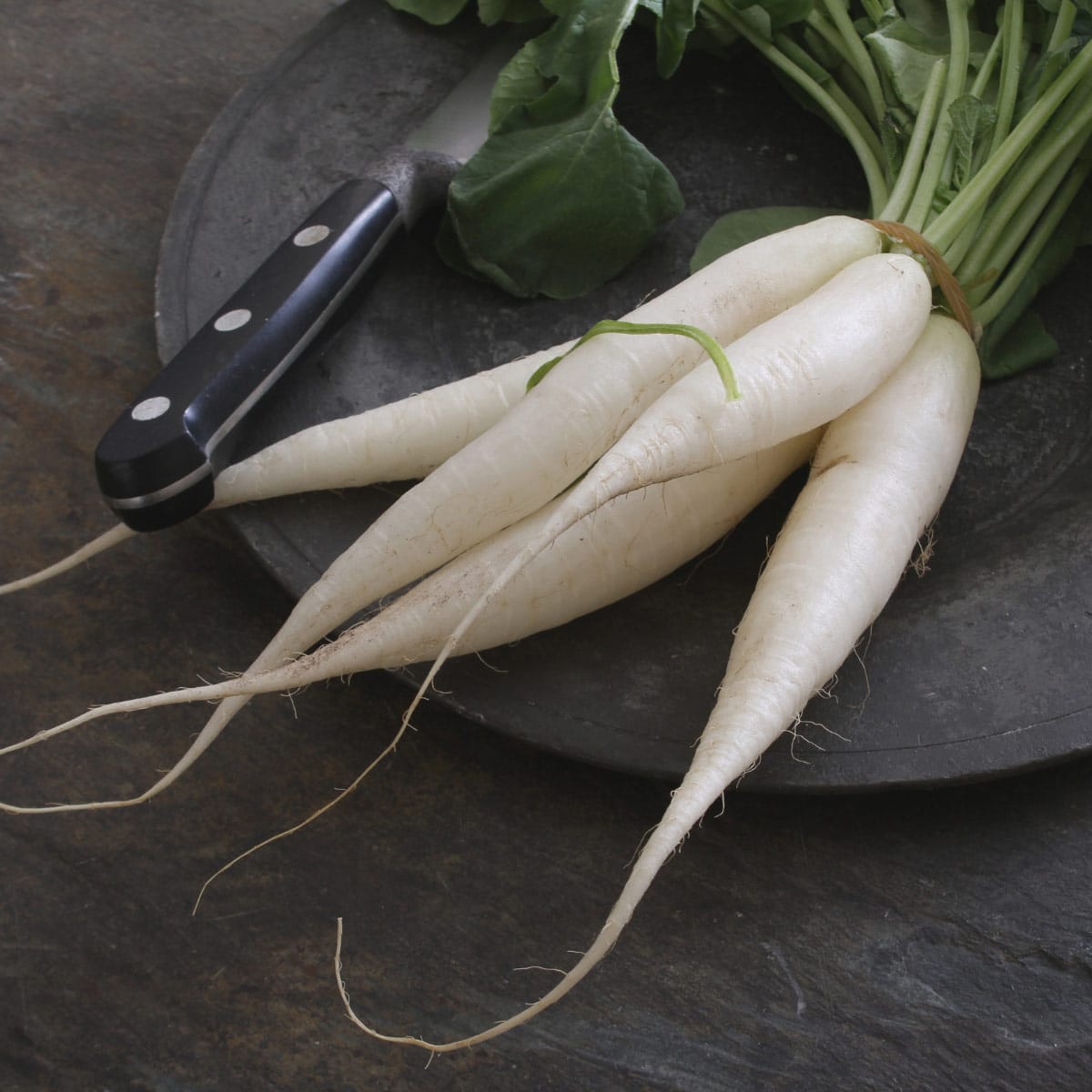
Characteristics and Taste of Daikon
While raw daikon boasts a slightly sweet taste, its flavor can become more pronounced and earthy when cooked. Despite its mild flavor, it does contain a hint of that peppery taste familiar to those who've indulged in red radishes. Its crispy texture remains, whether incorporated as small pieces in savory dishes or as a refreshing side dish.
Health Benefits of Daikon Radish
This cruciferous vegetable isn't just a flavorful addition to meals. It’s loaded with vitamin C, vitamin A, and folic acid. These nutrients offer antioxidant properties, aid in digestive health, and are beneficial for skin health.
How to Pick, Use, and Store Daikon Radishes
When choosing the freshest daikon radish at your local grocery store or Asian markets, look for firm radishes with green leaves. Avoid daikon radishes with spots or blemishes. The best daikon radish will have a vibrant, smooth skin.
You can use daikon in numerous Asian dishes, from salads to stir-fries, or even pickled as a side dish in Korean cuisine.
To store, keep it at room temperature if you plan to use it within a few days. Otherwise, refrigerate it for longer freshness.
Recognizing a Bad Daikon Radish
A daikon that has gone bad will exhibit a stronger taste and an off-putting smell. The texture might become slimy or excessively soft.
10 Best Substitutes For Daikon
Red Radishes
These are available year-round in most grocery stores. They have a peppery flavor, which is stronger than daikon, but can serve as an excellent substitute in terms of texture.
- Origin: Widely cultivated in North America and Europe.
- Characteristics: These radishes are smaller with a vibrant red hue.
- Best Uses: Their peppery flavor and crisp texture are perfect for salads or garnishing. They are a great alternative for a burst of color and a similar crunch.
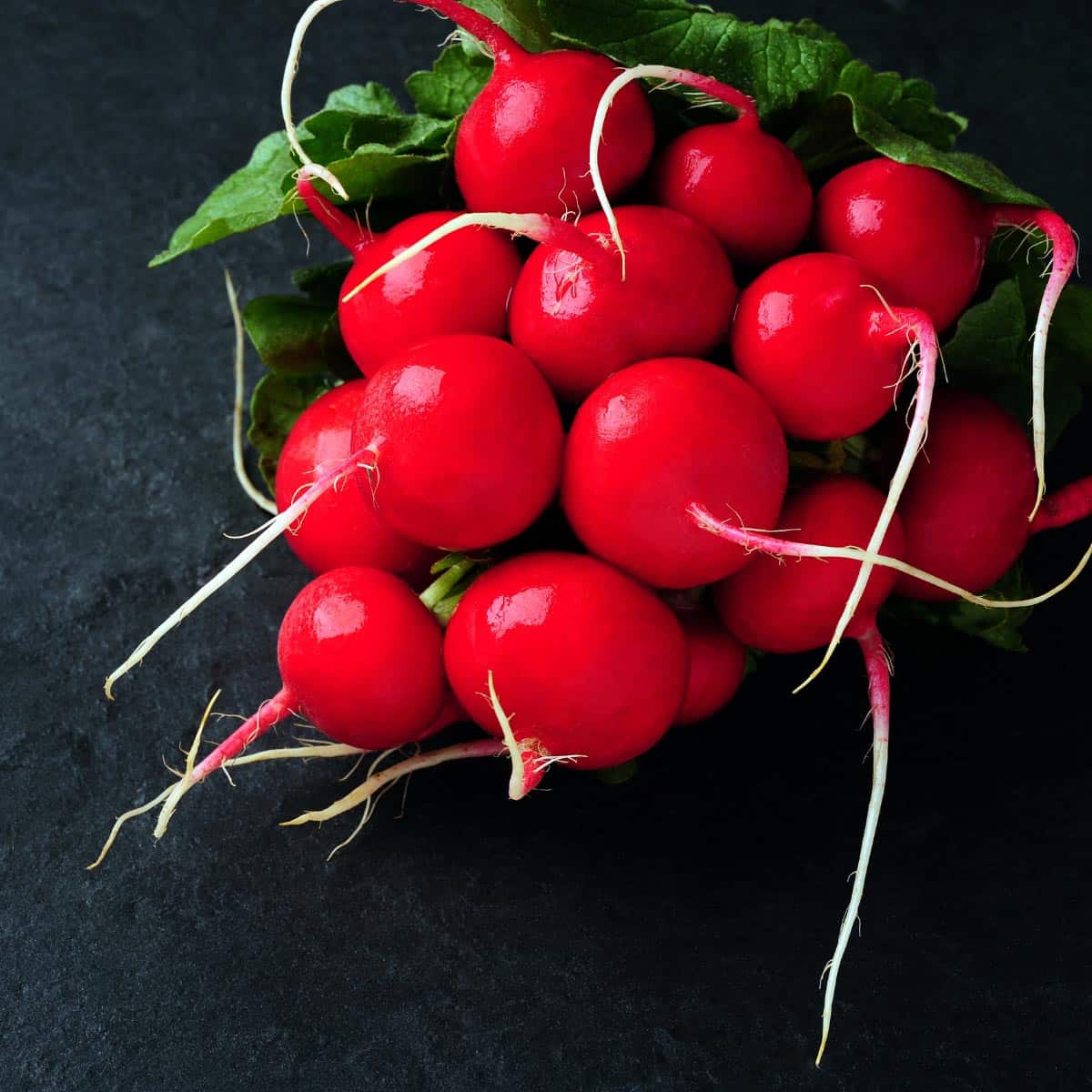
White Turnips
A versatile vegetable, white turnips have an earthy flavor with a slightly spicy taste. They're great in salads or cooked dishes.
- Origin: Indigenous to Europe and parts of Asia.
- Characteristics: They resemble a regular radish but are slightly larger with an earthy flavor.
- Best Uses: Fantastic when roasted, mashed, or even served raw in salads.
Korean Radishes (Korean Mu)
An excellent substitute for daikon radish, Korean radishes are often used in Korean cuisine, offering a similar taste and crunch.
- Origin: As the name suggests, it is native to Korea.
- Characteristics: They are slightly green at the top, transitioning to pale at the bottom. They possess a similar flavor and crunch to daikon.
- Best Uses: Essential in making kimchi but also delicious in stews or salads.
Water Chestnuts
These provide a crisp texture, similar to daikon, but with a nutty flavor.
- Origin: Native to Asia, especially in China.
- Characteristics: Not a nut, but a tuber. They are crunchy with a slightly sweet and nutty flavor.
- Best Uses: Ideal for stir-fries and salads or even eaten raw.
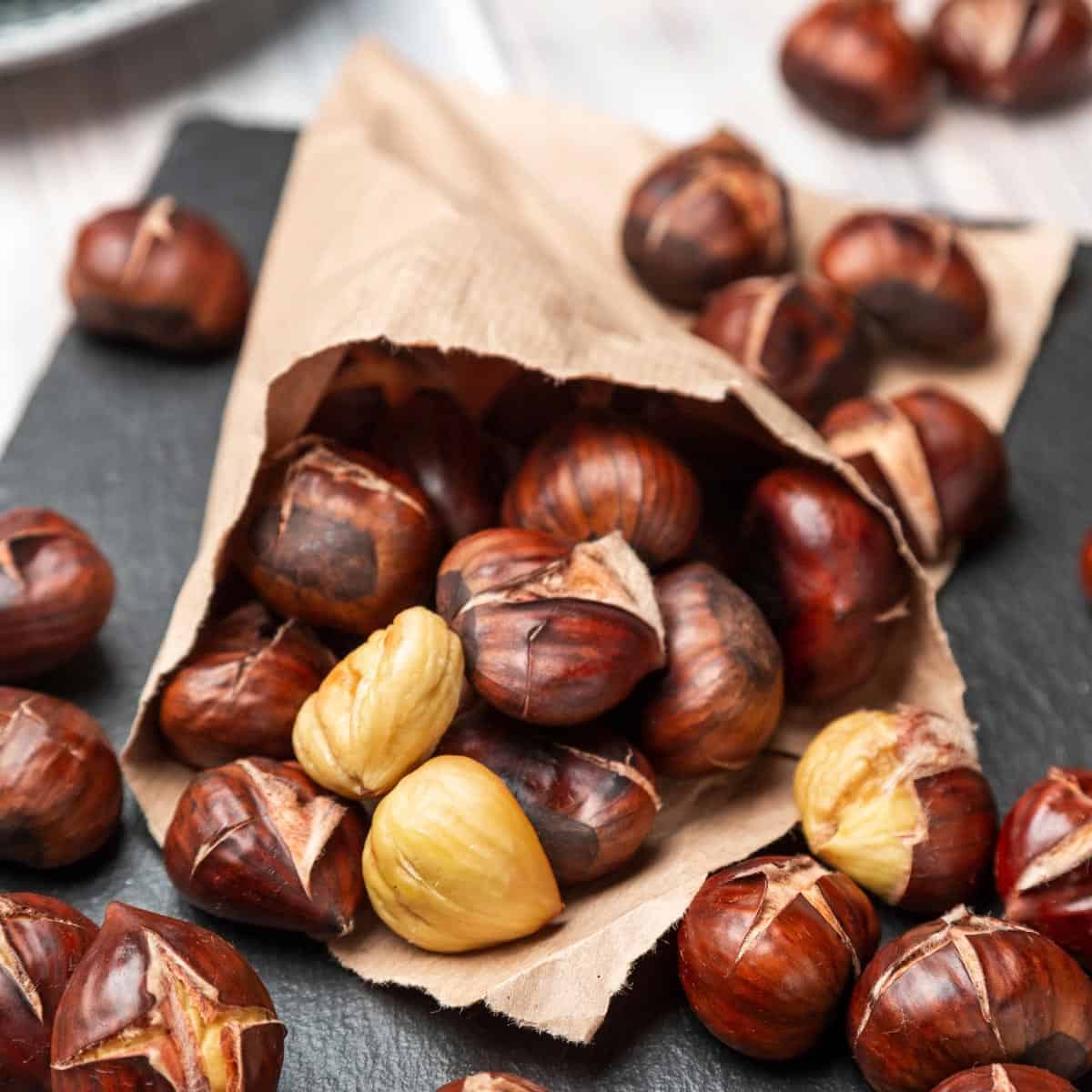
Horseradish Root
While it has a strong flavor in small quantities, it can mimic the peppery taste of daikon.
- Origin: Native to Southeast Europe and Western Asia.
- Characteristics: A pungent root with a very strong and spicy flavor.
- Best Uses: Best used grated as a condiment or in sauces like horseradish sauce.
Cabbage Hearts
These cruciferous veggie centers have a milder taste and a similar crunchy texture to daikon.
- Origin: Widely grown worldwide.
- Characteristics: The inner, crispier parts of a cabbage. Milder and crunchier than the outer leaves.
- Best Uses: Great for salads, stir-fries, or even as a crunchy garnish.
White Radishes
A good choice for those seeking a spicy flavor similar to the daikon radish taste.
- Origin: Grown globally in various varieties.
- Characteristics: Similar to red radishes but less peppery and with a milder taste.
- Best Uses: Can be eaten raw, pickled, or even roasted for a sweeter taste.
Napa Cabbage
As a suitable substitute, napa cabbage offers a crispy texture and a mild flavor that can resemble daikon, especially when used raw.
- Origin: Native to China.
- Characteristics: A type of Chinese cabbage with crinkled, thick veined leaves.
- Best Uses: Commonly used in stir-fries, salads, and a main ingredient in kimchi.
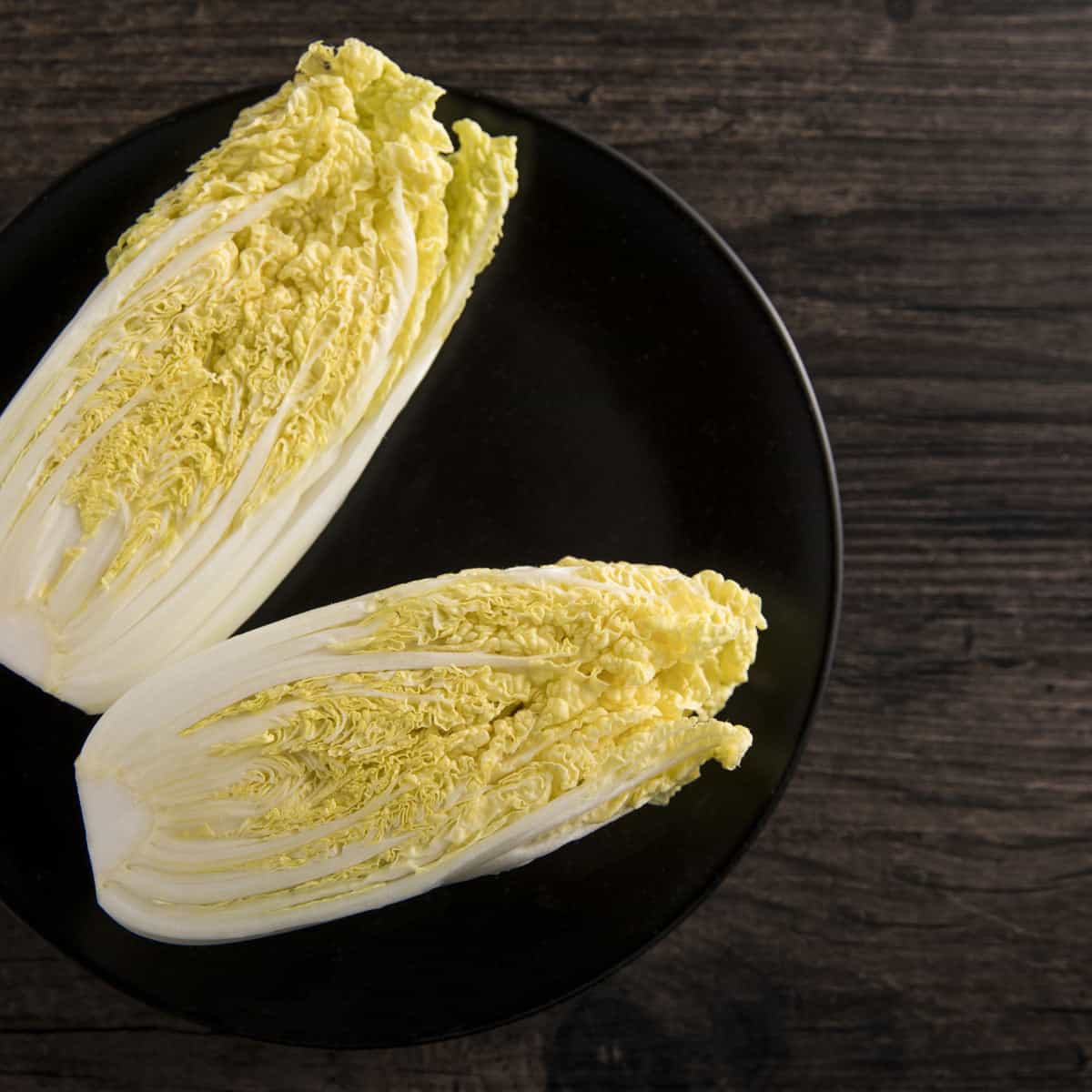
Celery Root (Celeriac)
This is a perfect substitute for daikon in savory dishes, providing a similar taste with a slightly sweet undertone.
- Origin: Mediterranean Basin.
- Characteristics: A bulbous root with a rough exterior. Offers a flavor reminiscent of celery and parsley.
- Best Uses: Can be eaten raw, roasted, or mashed.
Watermelon Radish
This type of radish adds color and imparts a sweet and slightly peppery flavor, making it an excellent daikon radish substitute.
- Origin: Originally from China.
- Characteristics: Larger than regular radishes with a green exterior and a stunning pink interior.
- Best Uses: Adds color and zest to salads and dishes and can be eaten raw or pickled.
Each of these substitutes for daikon has its unique flavor profile and characteristics. While they may not completely replicate the daikon radish's taste, they can provide a delightful twist to dishes, ensuring you don't miss out on the desired texture and flavor.
Not all local supermarkets or grocery stores will carry daikon radishes, so knowing the best substitutes is essential. While some options, like the Korean radishes or white turnips, might be more familiar, don't be afraid to experiment with the more unconventional alternatives. The key is to find a substitute that mimics the daikon radish flavor and texture, enhancing the authenticity and taste of your Asian dishes.
Recipes Where You Can Use Daikon
Looking for recipes that you can add daikon to? Try these:
Cooking Tips
Check out some of my cooking tips!
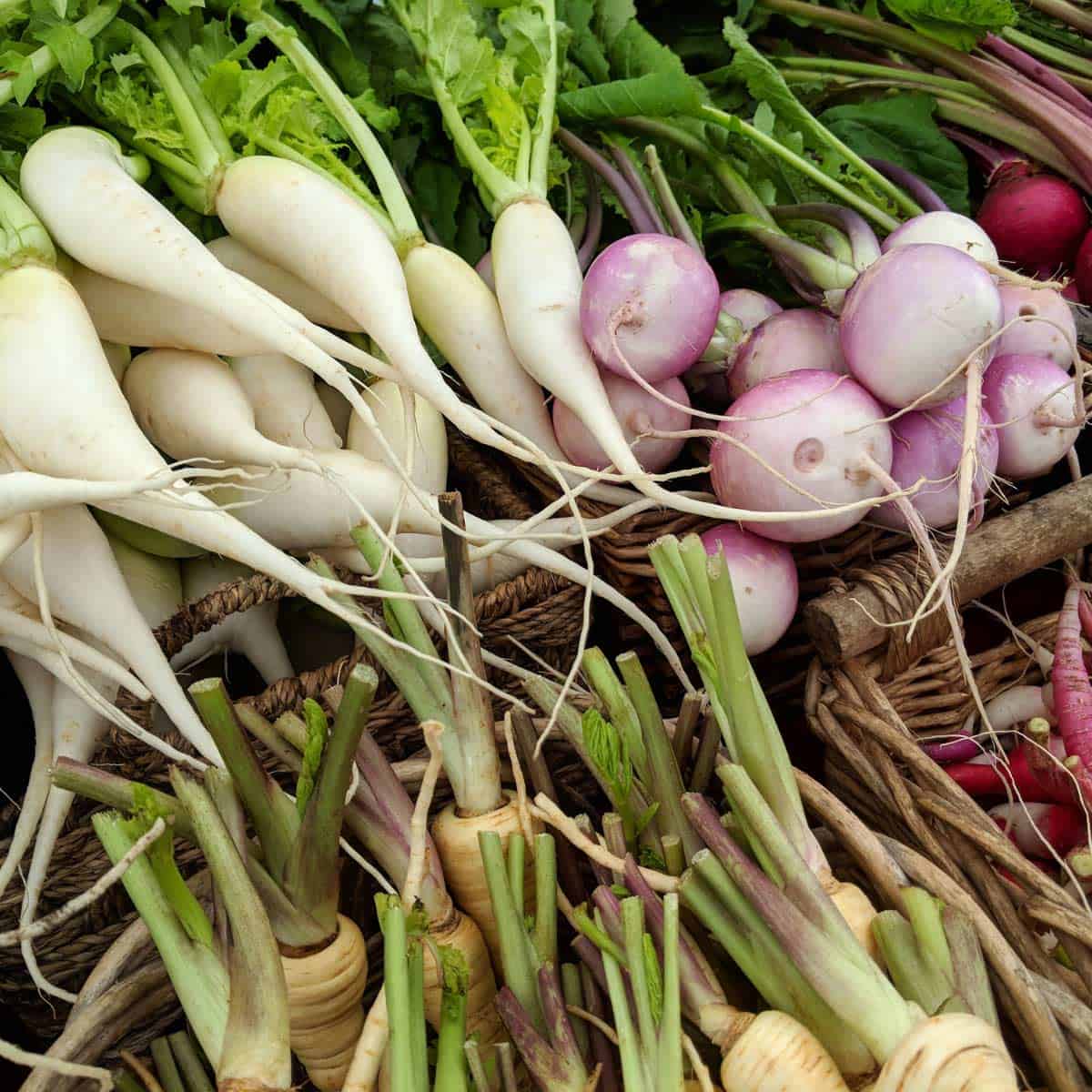
Instructions
Red Radishes
- They have a peppery flavor, which is stronger than daikon, but can serve as an excellent substitute in terms of texture.
- They are perfect for salads or garnishing.
White Turnips
- They have an earthy flavor with a slightly spicy taste.
- Fantastic when roasted, mashed, or even served raw in salads.
Korean Radishes (Korean Mu)
- Korean radishes are often used in Korean cuisine, offering a similar taste and crunch.
- They are essential in making kimchi but also delicious in stews or salads.
Water Chestnuts
- They provide a crisp texture, similar to daikon, but with a nutty flavor.
- They are ideal for stir-fries and salads or even eaten raw.
Horseradish Root
- It has a strong flavor in small quantities. It can mimic the peppery taste of daikon.
- It is best used grated as a condiment or in sauces like horseradish sauce.
Cabbage Hearts
- These cruciferous veggie centers have a milder taste and a similar crunchy texture to daikon.
- They are great for salads, stir-fries, or crunchy garnish.
White Radishes
- It is a good choice for those seeking a spicy flavor similar to the daikon radish taste.
- They can be eaten raw, pickled, or roasted for a sweeter taste.
Napa Cabbage
- Offers a crispy texture and a mild flavor that can resemble daikon, especially when used raw.
- Commonly used in stir-fries, and salads and is the main ingredient in kimchi.
Celery Root (Celeriac)
- This is a perfect substitute for daikon in savory dishes, providing a similar taste with a slightly sweet undertone.
- It can be eaten raw, roasted, or mashed.
Watermelon Radish
- This type of radish adds color and imparts a sweet and slightly peppery flavor, making it an excellent daikon radish substitute.
- Adds color and zest to salads and dishes and can be eaten raw or pickled.

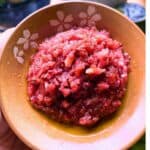










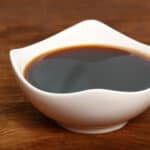
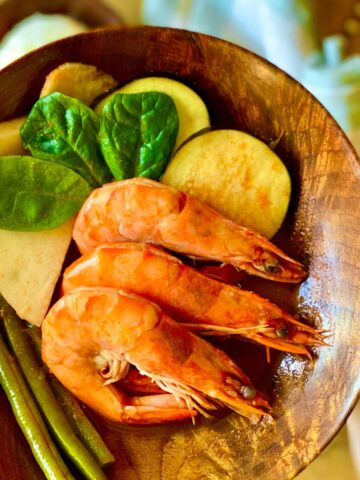
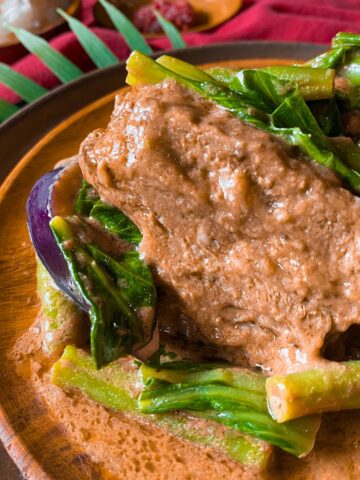
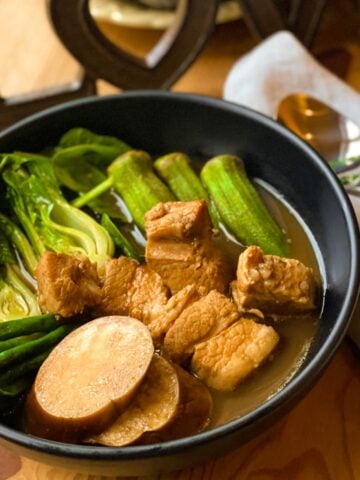
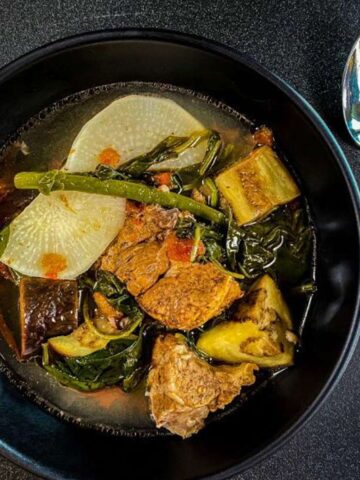
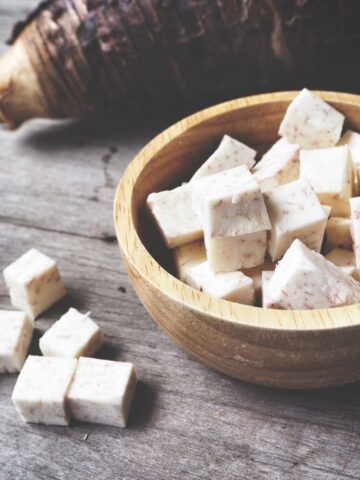


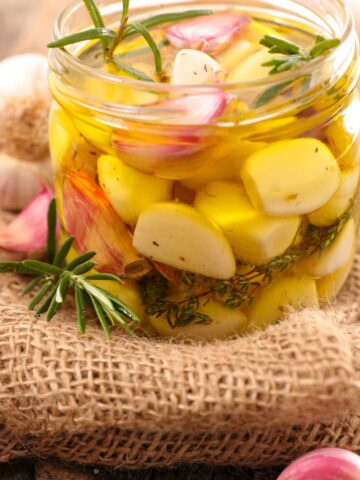
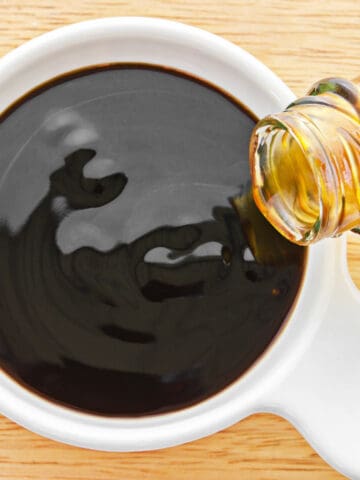
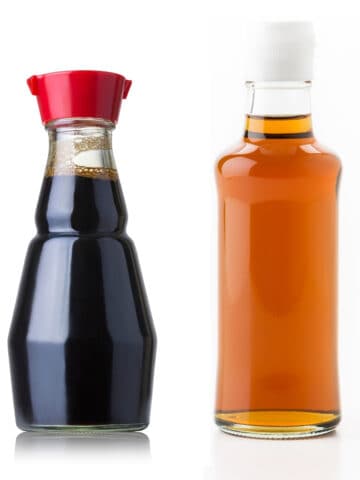
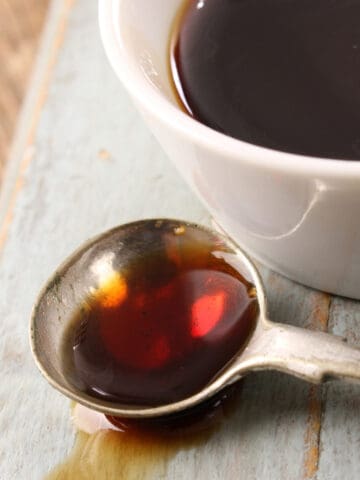



Comments
No Comments